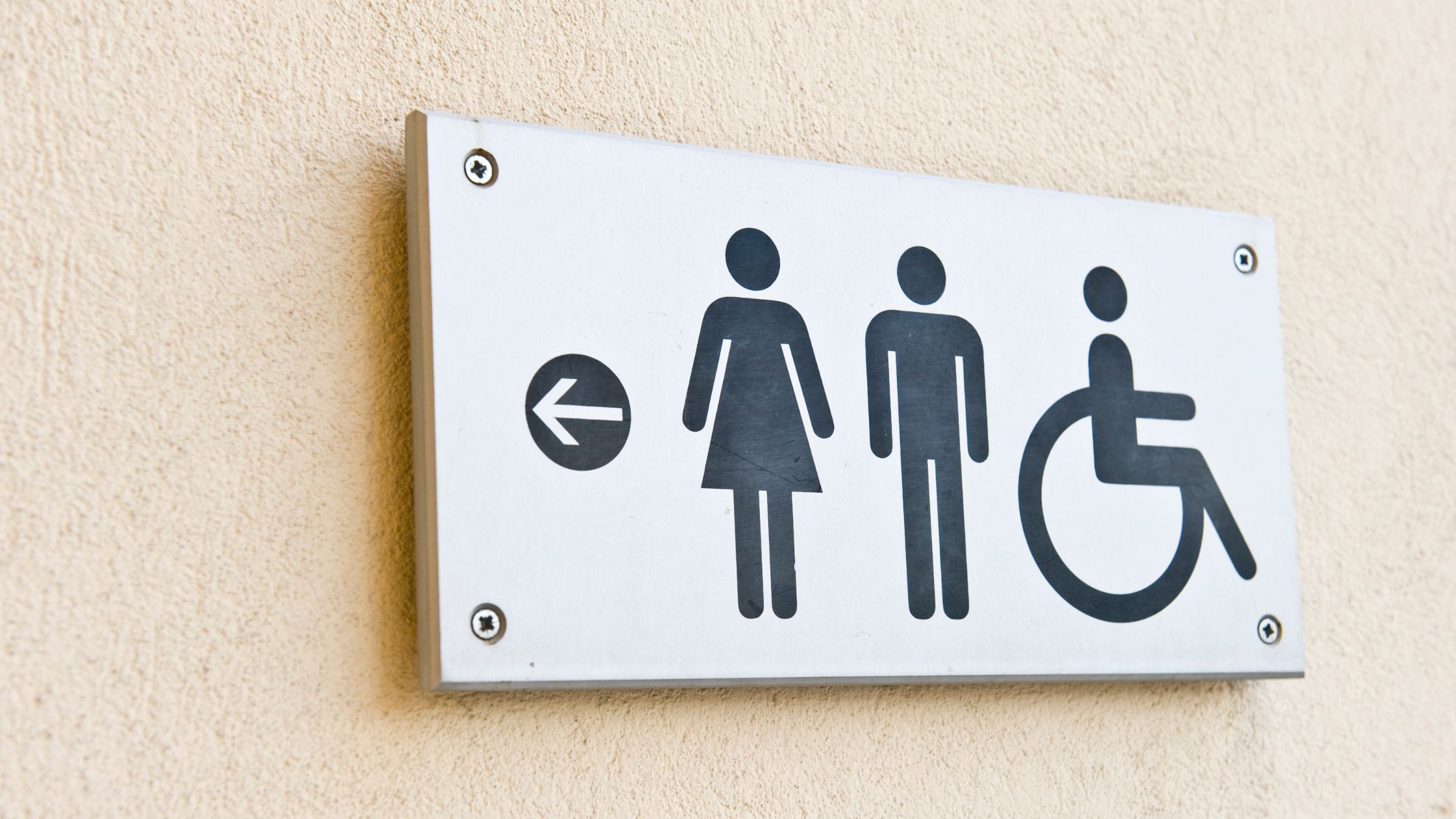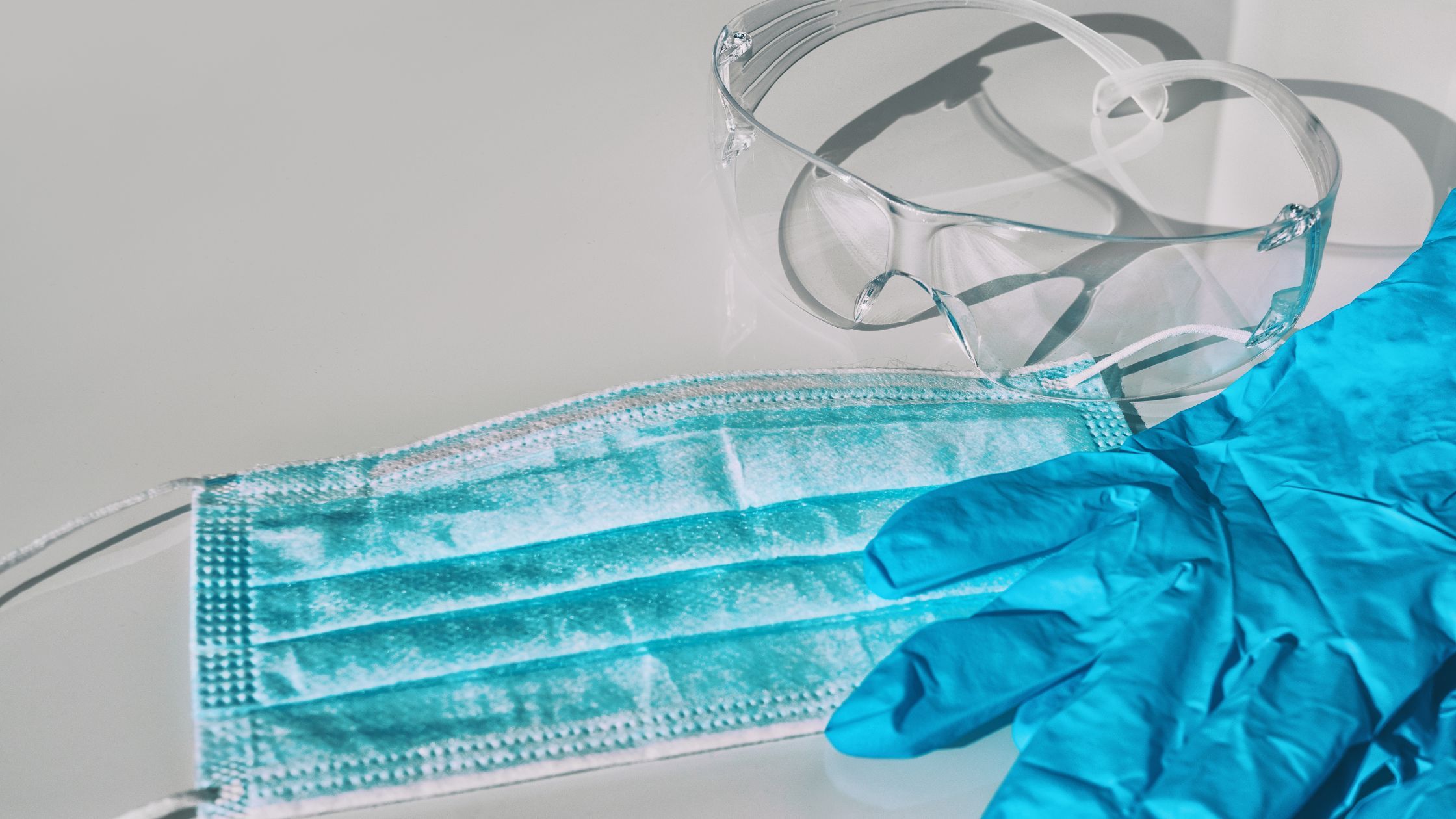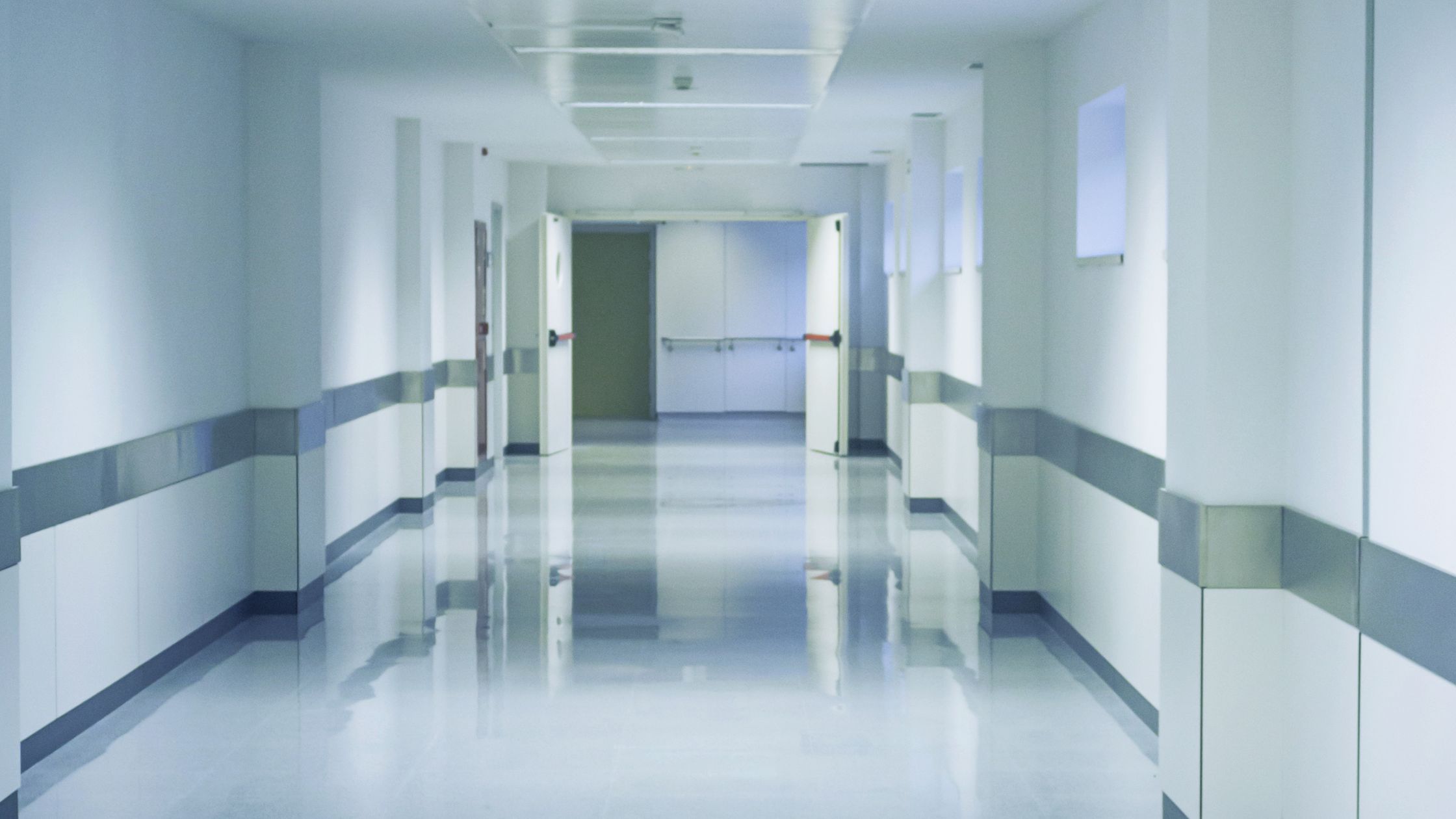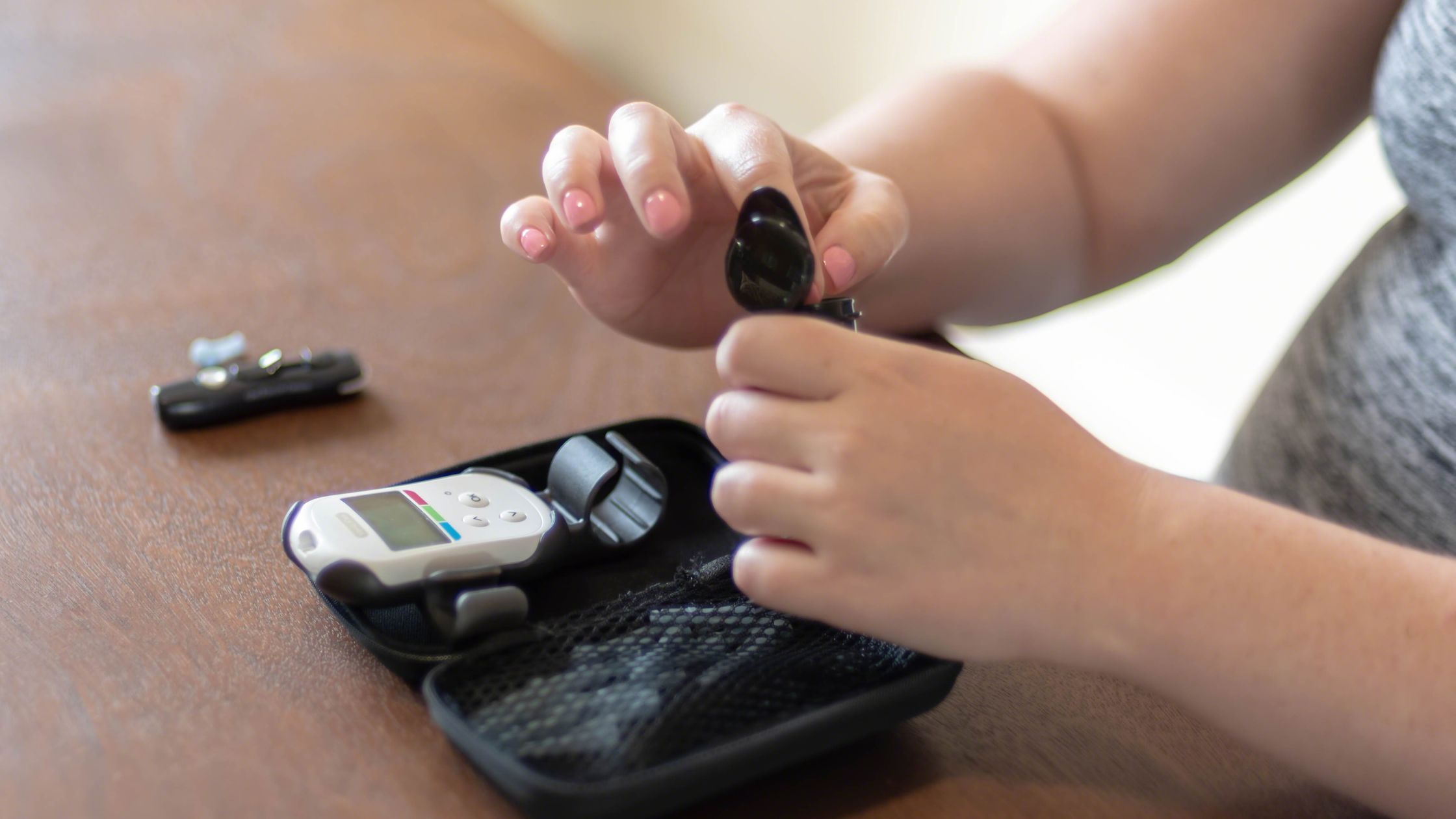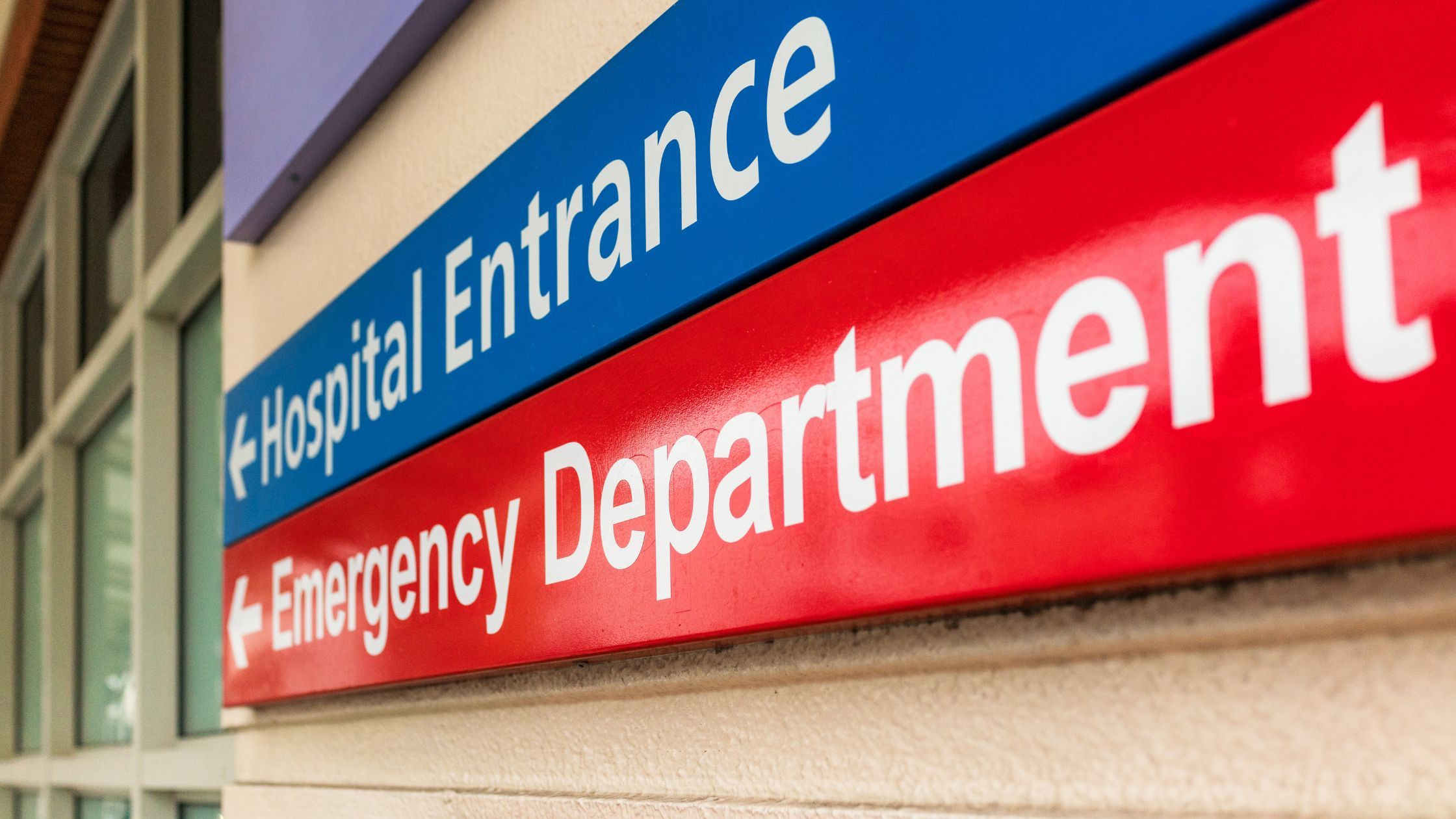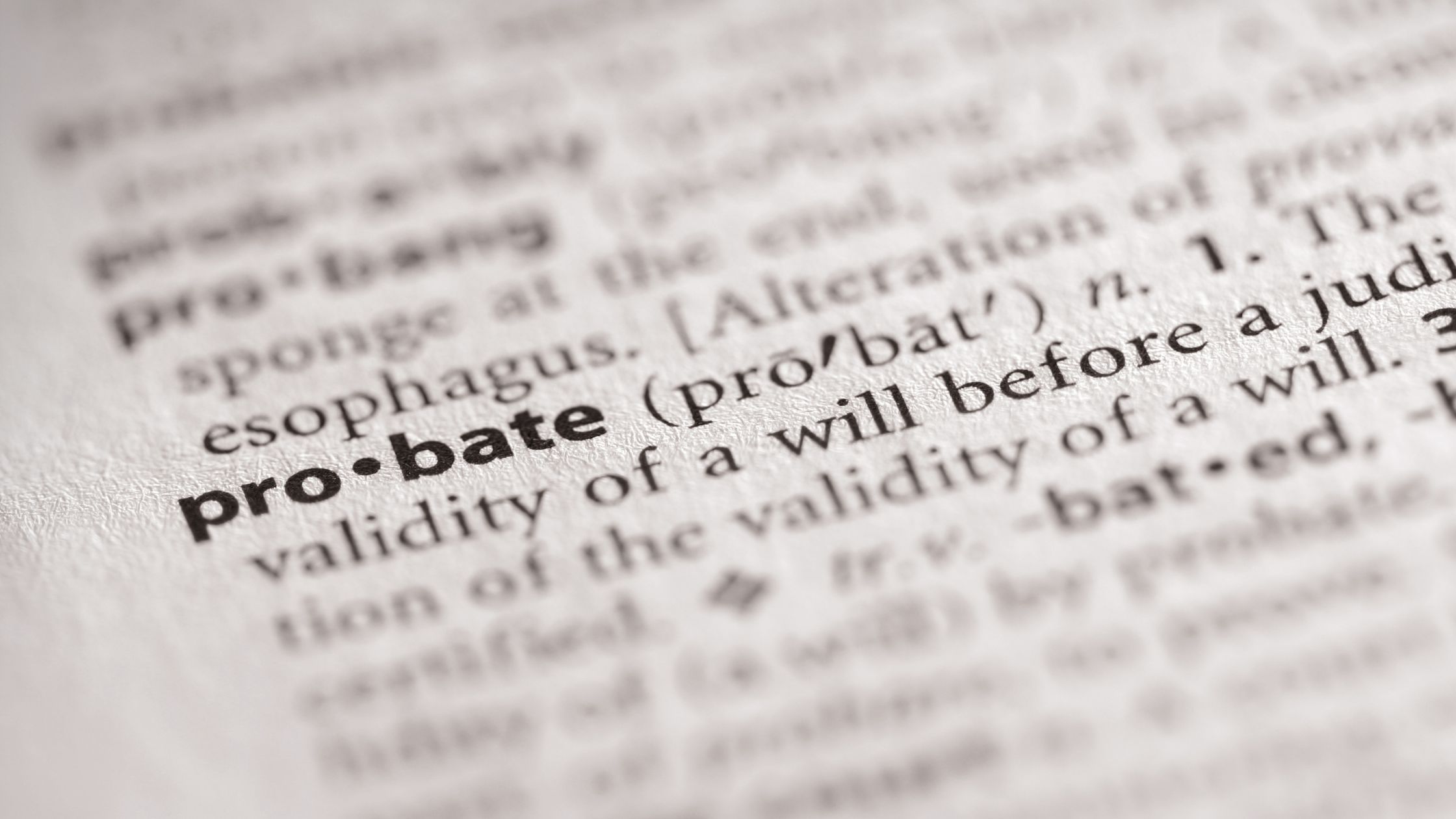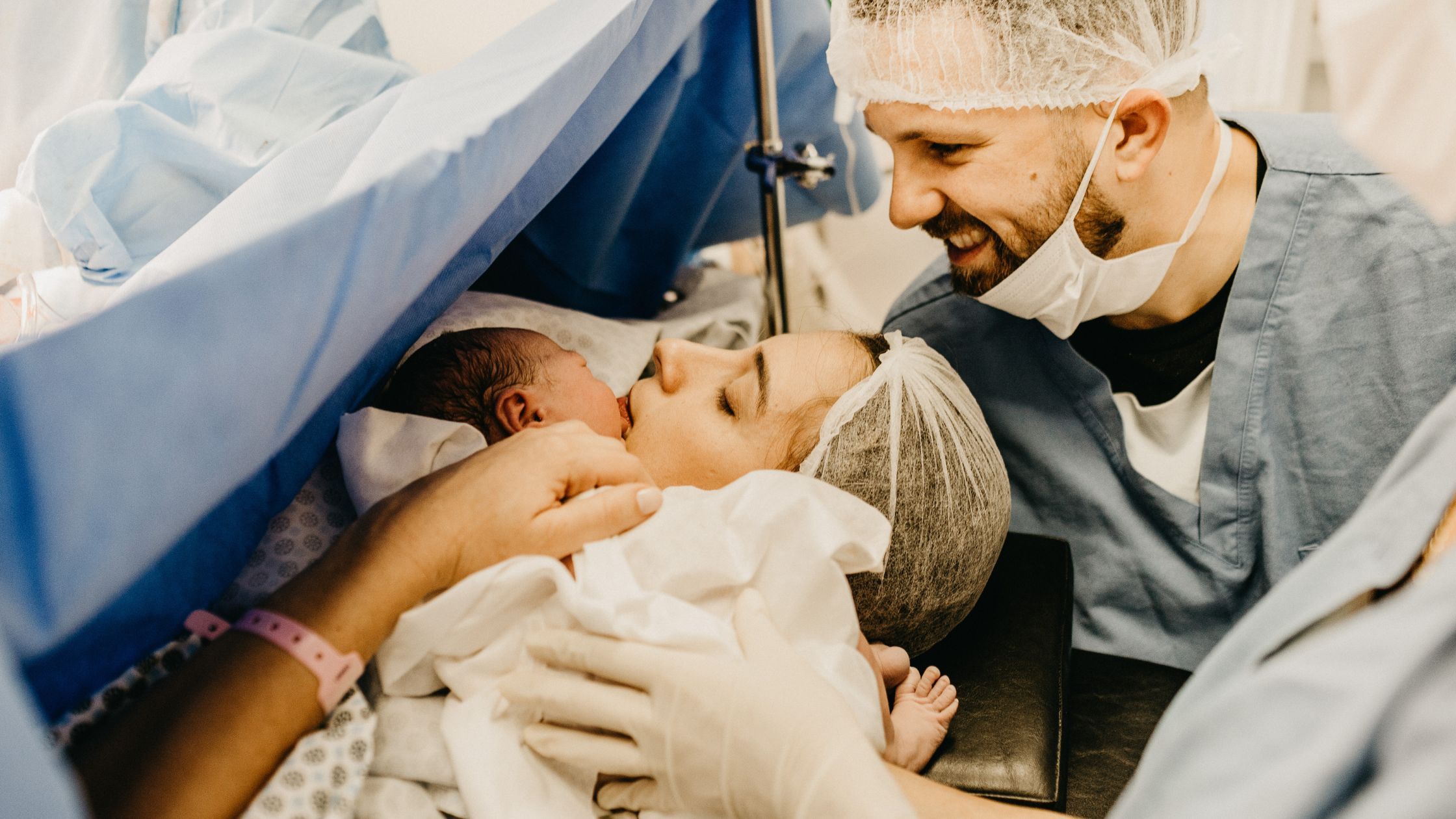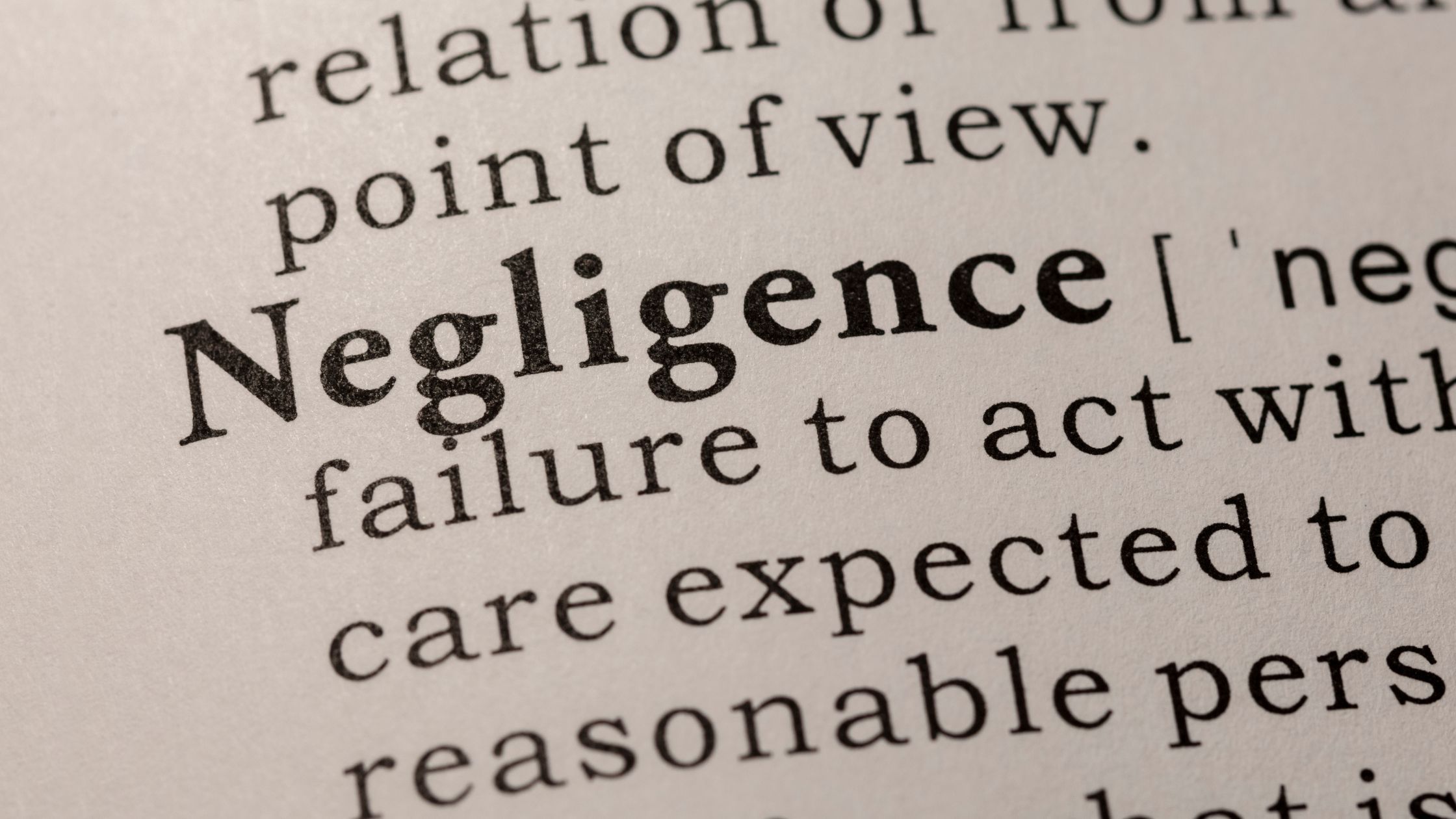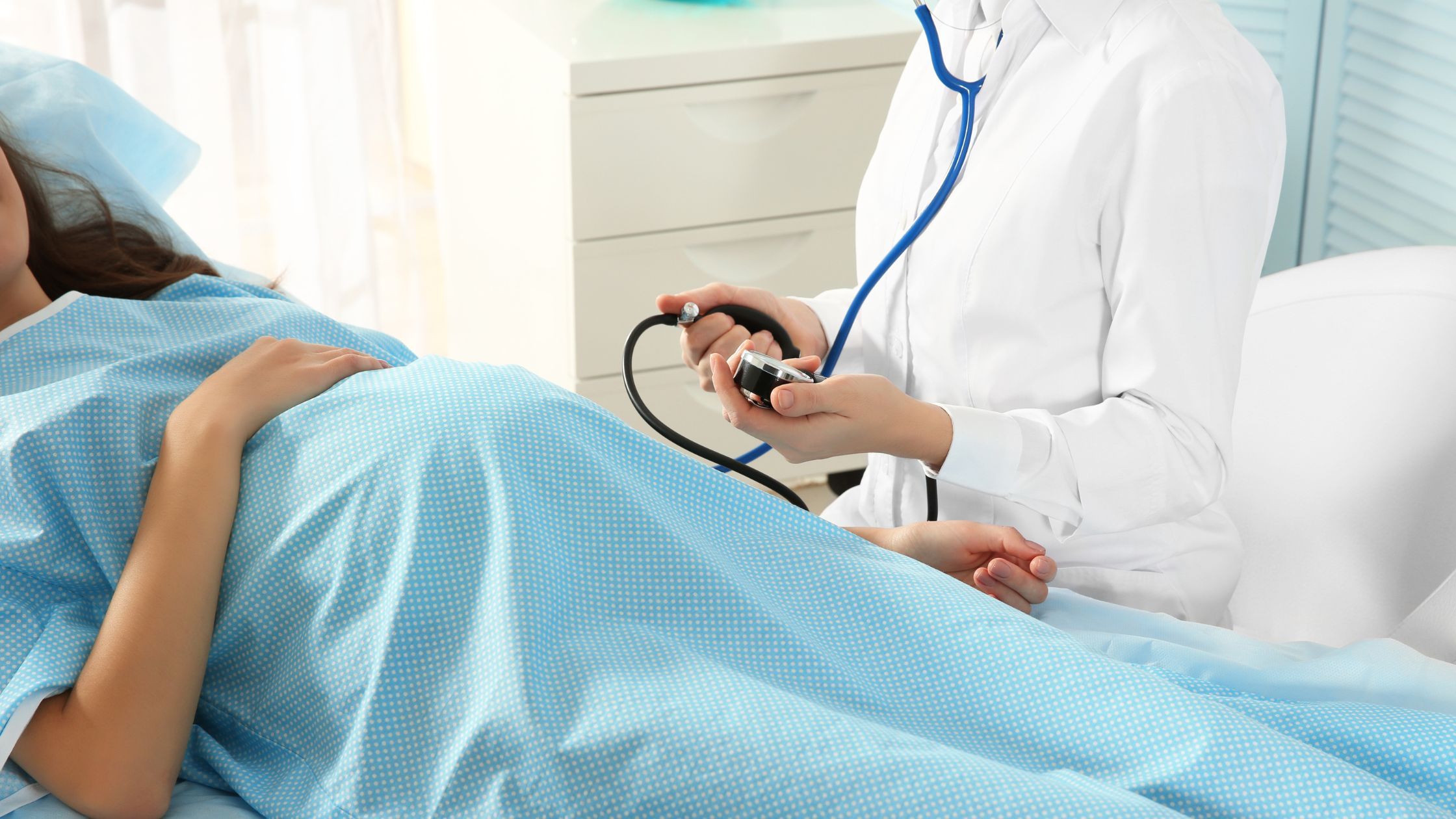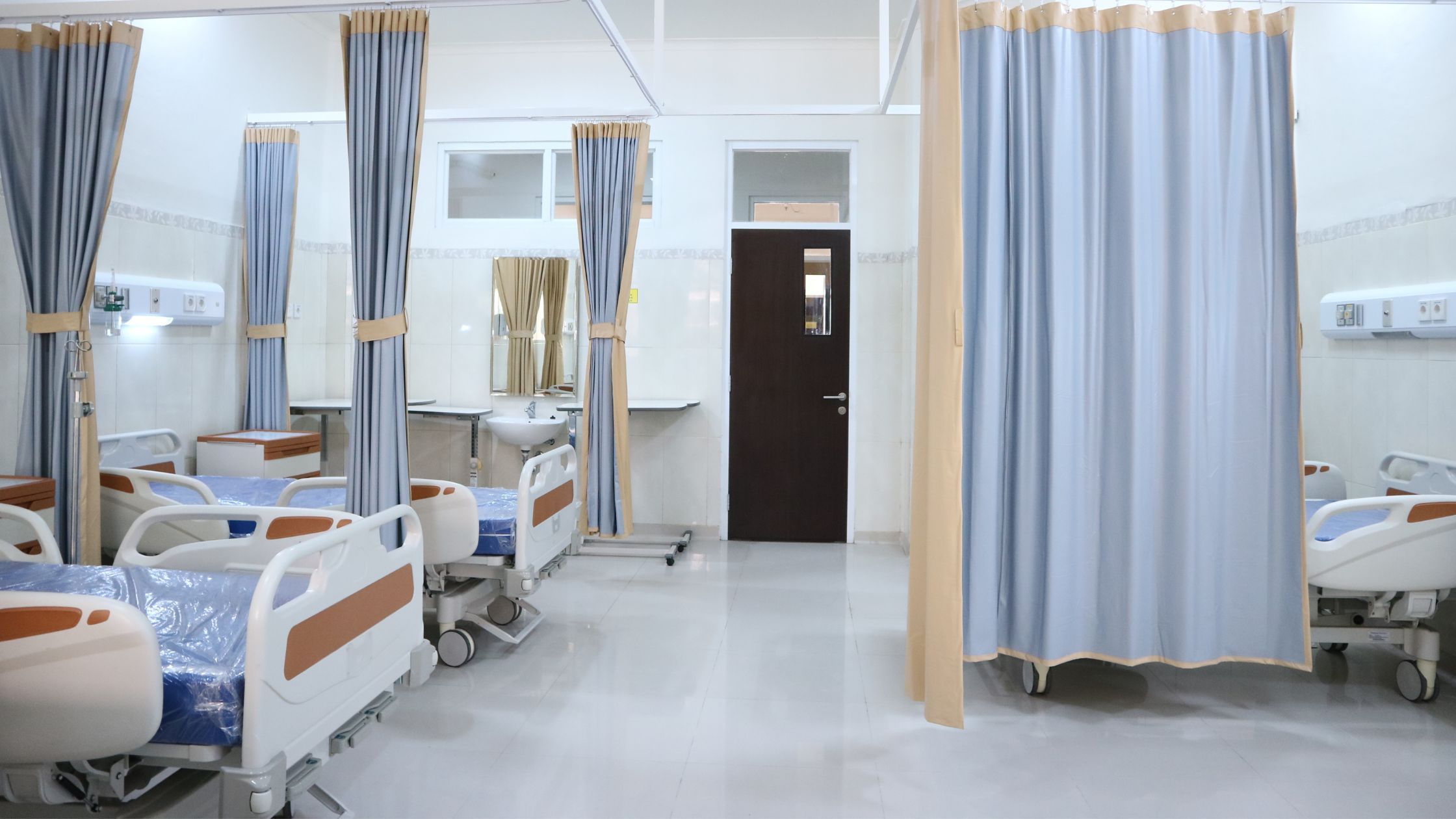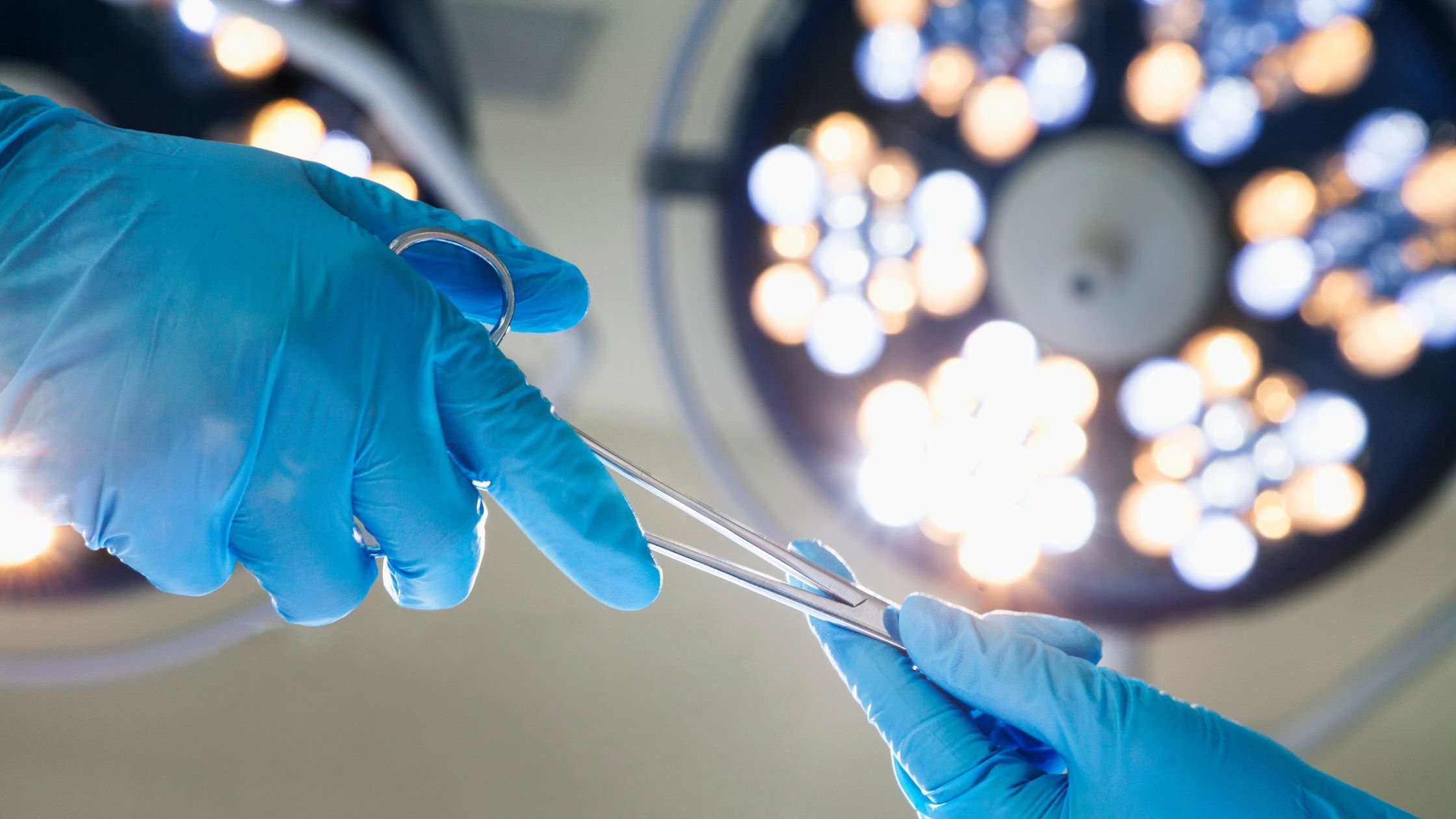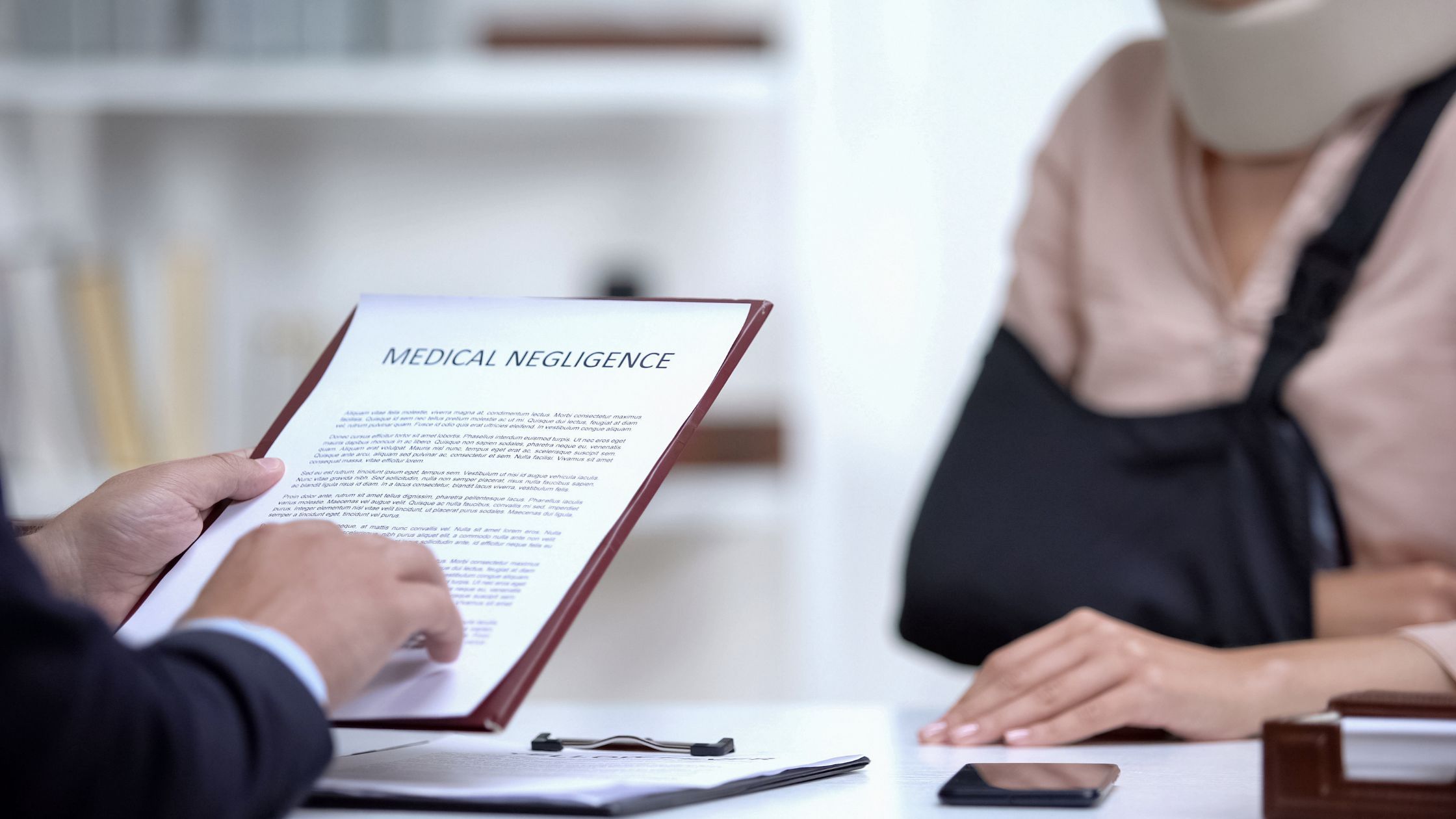What is urinary incontinence?
Urinary incontinence is an involuntary loss of urine. The two most common causes of urinary incontinence are:-
1. Stress urinary incontinence - when urine leaks out at times when your bladder is under pressure. For instance, when you laugh, strain or cough.
2. Detrusor overactivity - more commonly known as urge incontinence. When urine leaks as you feel a sudden and strong urge to pass urine or soon afterwards.
It is possible to suffer from both stress and urge urinary incontinence.
Causes of stress urinary incontinence
The most common symptom of stress urinary incontinence is small amounts of urinary leakage. However, it is reported that one-third of women with stress urinary incontinence also experience urge incontinence. Nocturia, that is the need to wake and pass urine at night, is also a common symptom.
Stress urinary incontinence is associated with the following:-
- Prolapse including: - Bladder - Urethra - Rectum - Small bowel - Ulterus and cervix - Vaginal Vault
- Previous pelvic floor surgery;
- Damage to the bladder or nearby area during surgery (such as hysterectomy).
- Damage during childbirth, particularly if child born vaginally.
- Neurological conditions affecting the spinal cord such as nerve impingement.
- Increasing age.
- Obesity.
- Postmenopausal status.
- Constipation.
- Smoking/chronic cough.
Causes of urge urinary incontinence
Those suffering from urge urinary incontinence usually have symptoms of urgency, urge incontinence and nocturia (as explained above).
It is reported that one quarter also complain of stress incontinence.
Urge urinary incontinence is associated with the following:-
- Previous incontinence surgery.
- Damage to the bladder or nearby area during surgery (such as hysterectomy).
- Damage during childbirth.
- Age.
- Drug history.
Injuries associated with the above may include:-
- Incontinence.
- The bladder protruding from the vagina.
- Lower back pain.
- Painful sexual intercourse.
- Bladder infections.
Diagnosis
There are number of causes of incontinence but, a doctor should conduct investigations to ensure the cause is not sinister requiring surgery.
A medical history should be obtained in addition to recording all symptomology. Medical history may reveal recent surgery, such as hysterectomy, which should indicate potential damage being consequently caused. Similarly, should a woman recently have experienced vaginal childbirth, this may indicate a prolapse.
Depending on the symptomology, investigations may include one or more of the following:-
- An internal examination, particularly if you are experiencing symptoms of a prolapse.
- Scans through urination. Diagnosis may be achieved through a series of scans taken through urination. Such scans shall reveal to the medical professional the shape of the bladder.
- A cystoscopy may be conducted to examine the inside of the bladder. This uses an instrument named a cystoscope. This is inserted into the urethra and moved up into the bladder.
- Bimanual pelvic examination and pelvic ultrasound should identify pelvic masses.
Treatment
Treatment is determined by the underlying condition and the severity of the symptoms.
Conservative treatment is often initially considered. This may include weight loss, reduction in caffeine intake and smoking. Women may also be taught pelvic floor exercises to achieve better urinary control. Whilst symptomology may be reported to have improved initially subsequent to such treatment, once that treatment has ceased, there reports of symptomology returning.
Oestrogen replacement may improve symptomology of stress incontinence in postmenopausal women but long-term use is needed to maintain the effect.
Should conservative treatment be unsuccessful, the majority of those suffering from urinary incontinence can be cured by surgery. Surgery typically involves lifting and supporting the bladder neck and urethra. With women, a tension free vaginal tape is inserted.
Prior to surgery, some may need to be catheterised to treat the symptomology.
Surgery should be carefully discussed with patients. Depending on lifestyle, some decide they can live with their symptoms whilst others may find the same symptoms to be intolerable. A sympathetic approach and detailed counselling of pros and cons of treatment are essential.
When negligence can occur
Most reports of negligence associated with urinary incontinence are in respect of the cause of the incontinence. Should you be suffering from incontinence and have experienced one or more of the following, the incontinence may have been the result of negligence:-
- Surgery such as a hysterectomy
- An infection during labour
- Known nerve damage during labour
- Known surgical damage during labour
- Vaginal delivery
- Spinal injury
Negligence may also occur as the result of a significant delay in diagnosing the cause and subsequently treating, the incontinence.
The bladder and ureters may be damaged during surgery as the result of poor surgical technique. Similarly, nerve damage may be cause as the result of surgery or, spinal compression (cauda equine syndrome) and where there been a delay in diagnosis.
If you are concerned that you or a loved one have suffered negligence and are now, or have experienced incontinence, contact our specialist team of solicitors for a free, non-obligatory initial discussion.
The information contained herein is not to be treated as medical or legal advice. Please seek medical or legal advice from your healthcare provider/consultant or solicitor.

